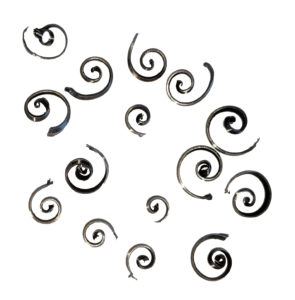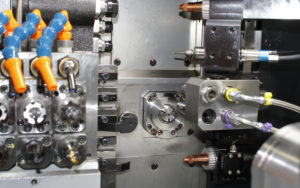Oscillation cutting technique reduces chips in challenging materials
December 2, 2019
Tsugami/Rem Sales’ technologies improve tool life, reduce production time, and free up resources for manufacturers.

“This technological breakthrough eliminates long stringy chips in malleable materials such as copper, plastics, titanium, and surgical stainless,” Walker says. “The interruption in the cut breaks material into small, manageable chips.”
The method oscillates a specified axis, synchronizing the rotation to the main spindle. Perfect synchronization between the oscillation and spindle rotation breaks up the stringy chips without affecting part roundness.
“The oscillation depth and number of oscillations per revolution can be programmed on the fly by the operator or programmer to allow for maximum control based on materials, speeds, and feeds,” Walker says. “This is particularly great for things such as bone taps, where you could get a long, stringy chip on a piece of stock and this allows a nice manageable chip to be broken up so there’s very little if no operator intervention.”
Oscillation Cutting can be used for turning, drilling, boring, grooving, or cutoff operations. In addition, Walker adds, a low-frequency vibration in the Z- or X-axis also breaks up chips and eliminates some need for high-pressure coolant.
Laser Swiss machining
While Oscillation Cutting targets chip reduction, Tsugami/Rem Sales engineers continue to develop Swiss-type machines with integrated lasers for the medical market. Since its 2012 introduction, the Tsugami LaserSwiss line has grown popular with medical device and orthopedic companies.
“Speed, accuracy, and the ability to machine smaller and more intricate features on medical devices allow designers to transition prototypes into functional products,” Walker  explains. “The most important factor is the way it provides new product development engineers the possibility to combine many operations into one which yields high quality at the lowest total cost.”
explains. “The most important factor is the way it provides new product development engineers the possibility to combine many operations into one which yields high quality at the lowest total cost.”
Incorporating lasers with Swiss machining allows manufacturers to combine operations on a single machine or eliminate some process steps. Parts traditionally cut by wire electrical discharge machining (EDM), followed by mill or lathe machining, can be machined in a single setup on a LaserSwiss machine, he adds.
“Combining the precision of a laser beam with a Swiss machine provides an extremely efficient means to produce complex parts in one setup,” Walker says.
